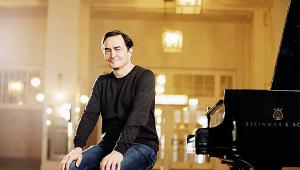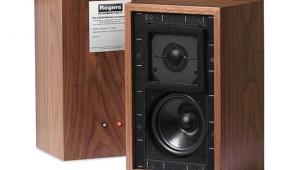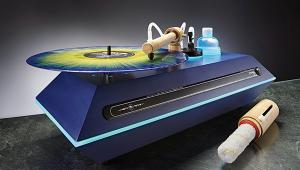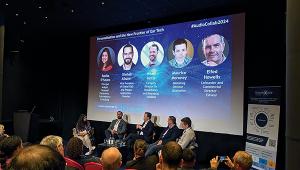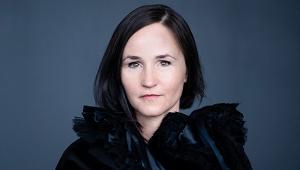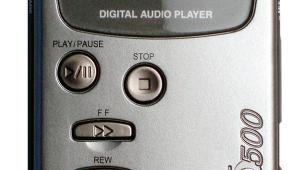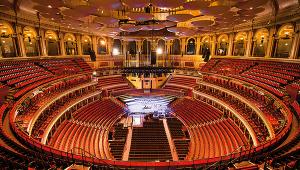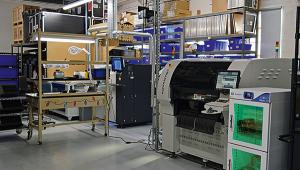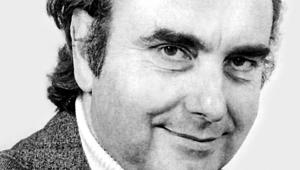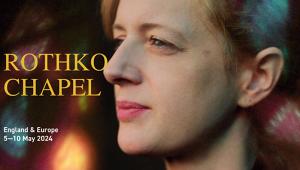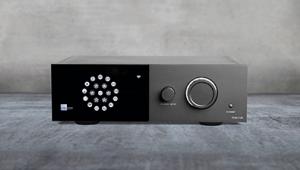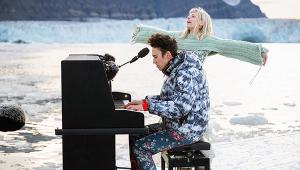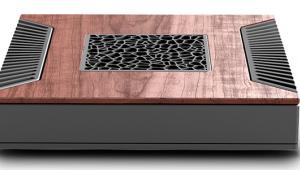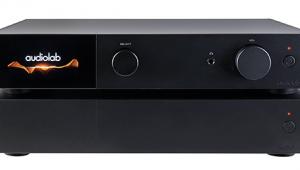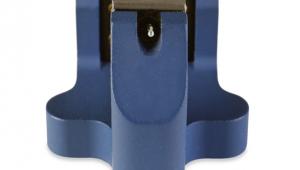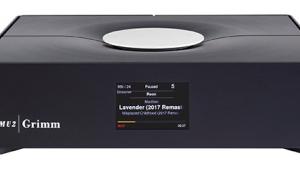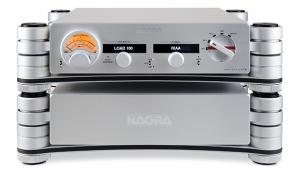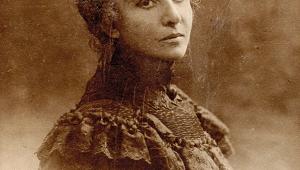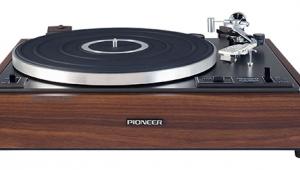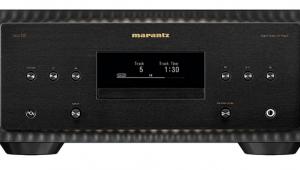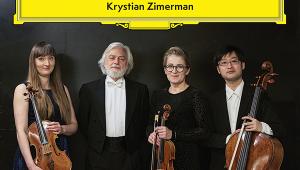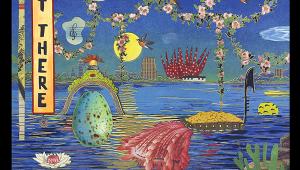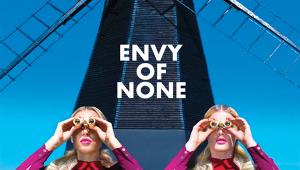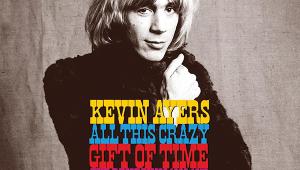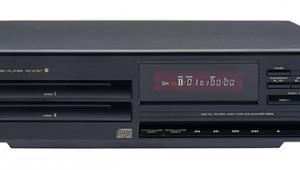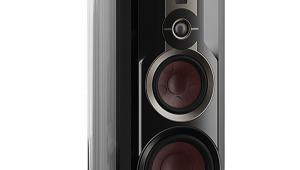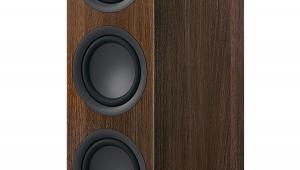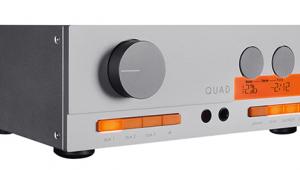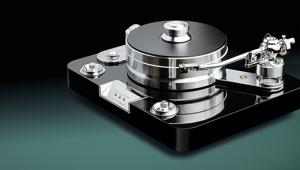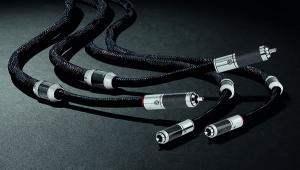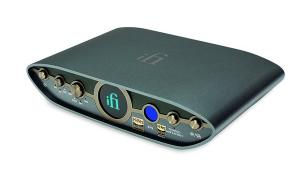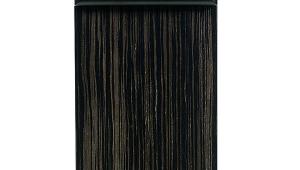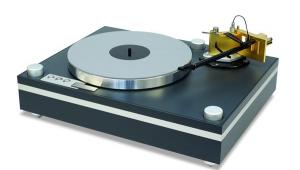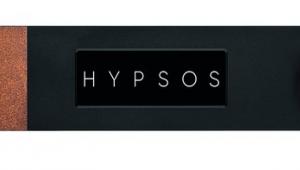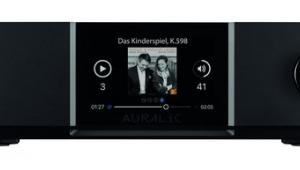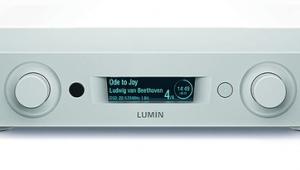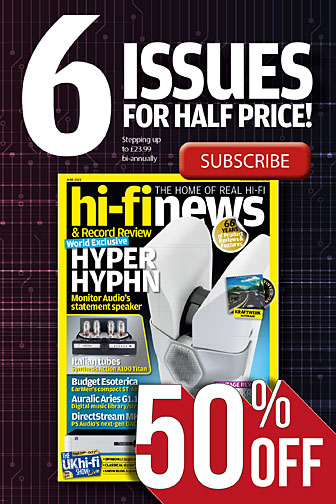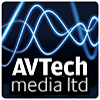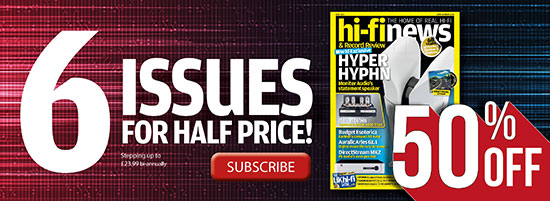NXT’s flatpanel speaker
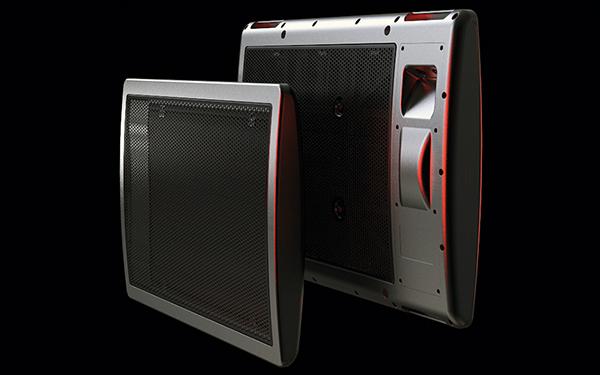
You enter the restaurant, you’re ushered to a table that looks perfect, you sit down... and then, ‘Oh, no!’. You realise that there’s a particularly nasty-sounding loudspeaker right above your head. It’s pumping out background music that’s intended to cover the whole place, but you happen to be in the nearfield, and it’s awful.
Well, this wouldn’t be such a common experience if the flatpanel speakers pioneered by NXT had achieved world domination, and displaced all those cheaply-installed Chinese cones.
Screen and heard
For those not old enough to remember, NXT’s Distributed Mode Loudspeaker was one of the great audio sensations of the late 1990s. A DML is almost the opposite of a conventional speaker. In the latter, drive units move air while the cabinet panels that support them are supposed to be ‘dead’. In a DML, an exciter attached to a panel induces ‘bending wave’ vibration modes in the panel, which then freely radiates sound.
The idea had sprung unexpectedly from research done by Dr Ken Heron at DERA, the British Defence Evaluation and Research Agency, on noise cancellation in aircraft cockpits, when it was found that lightweight composite panels could behave as loudspeakers. A patent was filed in 1991.
Five years later, on September 27 1996, Verity Group demonstrated its NXT flat speakers to its shareholders and to the press. Those present were impressed by a home cinema system in which the screen itself was the centre speaker.
Verity was headed by Farad Azima, who had founded Mission Electronics in 1977. By 1996 the group also embraced Wharfedale, Quad and Roksan. Having taken a licence on the DERA patent, Verity brought the concept to fruition with a computer-based development programme headed by Farad’s brother Henry Azima, who had been in charge of Mission speaker design since 1979. New Transducers Ltd, known as NXT, was created as a subsidiary company.
Now NXT began selling licences for the technology while completing its web of global patent protection. In late 1997 Verity Group relinquished all of its hi-fi brands, except Cyrus, and in effect morphed into NXT.
One milestone in this expansion phase was a double licensing agreement with Harman International, signed in early 1998. This gave Harman the exclusive right to sublicense NXT’s technology to companies in the USA, as well as a worldwide licence to manufacture and sell products that were based on NXT technology.
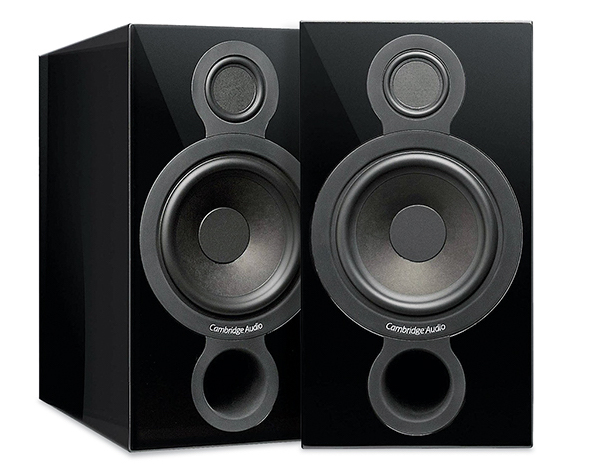
Cambridge Audio Aeromax speakers from the 2010s with BMR drivers and [top] DML-500 speaker from 2019 by Tectonic Audio Labs, NXT successor and licensor of the technology
By 2000, NXT had signed up more than 170 licensees, and NXT’s shares boomed. NXT went on to nurture the BMR or Balanced Mode Radiator, claimed to combine the attributes of conventional pistonic drive units with those of a DML. In 2010, NXT was reconstituted as HiWave Audio, which became Tectonic Audio Labs when acquired by US company FLAT Audio Technologies in 2013. Today Tectonic offers BMR drive units and DML exciters, and complete systems for commercial applications.
Somehow, NXT never quite set the hi-fi world alight, but it offered great solutions for many applications. A DML panel can give low distortion and wide dispersion across the whole frequency range, for a sound that is both consistent and comfortable across a large listening area.
Making waves
Today, DML, both the technology and the terminology, is more widely offered than ever before. At the extreme high end, the German hi-fi company Göbel has speakers based on its own rather different patented bending-wave technology, using a complex nine-layer membrane.
At the other extreme, DIY-ers can easily experiment with exciters from Dayton Audio in the US, or from Far East suppliers and their own choice of panel material. As Dayton puts it, ’Surface exciter technology provides a universal, cost-effective alternative to loudspeakers, allowing for sound reproduction virtually anywhere it is desired’. One day it might come to a restaurant near you.

